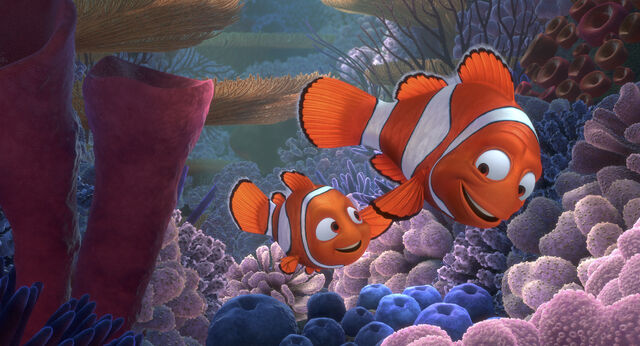February 12, 2018
CCSS.ELA-LITERACY.RL.11-12.3
Analyze the impact of the author's choices regarding how to develop and relate elements of a story or drama (e.g., where a story is set, how the action is ordered, how the characters are introduced and developed).
Analyze the impact of the author's choices regarding how to develop and relate elements of a story or drama (e.g., where a story is set, how the action is ordered, how the characters are introduced and developed).
CCSS.ELA-LITERACY.RL.11-12.7
Analyze multiple interpretations of a story, drama, or poem (e.g., recorded or live production of a play or recorded novel or poetry), evaluating how each version interprets the source text. (Include at least one play by Shakespeare and one play by an American dramatist.)
Analyze multiple interpretations of a story, drama, or poem (e.g., recorded or live production of a play or recorded novel or poetry), evaluating how each version interprets the source text. (Include at least one play by Shakespeare and one play by an American dramatist.)
Starter:
Summarize Act One from last week.
This should be approximately 3 sentences.
Then, answer the question: Why begin the play with the Ghost?

Vocabulary:
Lit Term: Dynamic Character
Part of Speech: Noun
Dictionary Definition: a literary or dramatic character who undergoes an important inner change, as a change in personality or attitude
Your Definition:
Activity: Give an example of a dynamic character.
Lit Term: Static Character
Part of Speech: Noun
Dictionary Definition: a literary or dramatic character who undergoes little or no inner change; a character who does not grow or develop
Your Definition:
Activity: Give an example of a static character.

Activity:
1. Hamlet Act Two
Character
Claudius
Polonius
Reynaldo
Ophelia
Gertrude
Guildenstern
Voltimand
Discussion Questions
Explain why Reynaldo is sent on his mission by Polonius.
Evaluate the way Ophelia retells the story with Hamlet.
Rationalize/Explain Hamlet's mental state.
Justify why Hamlet appears to make no sense when talking with Polonius.
Describe your initial impression of Guildenstern and Rosencrantz.
Compare Hamlet's mental state to the previous scene.
Analyze Hamlet's motive for the play.
Evaluate whether this is his id, ego, or superego. Support your reasoning.
Predict what will happen in Act Three.
As you watch, continue to observe Hamlet.
Jot down notes about his speech, thought, effect, actions, and looks.
3. Graffiti Poster
You will get 5 minutes to collaborate with your table on a graffiti poster.
You will work on it at the same time, describing and illustrating ideas in the act two.
Closure:
Predict what will happen with the play within a play.
No comments:
Post a Comment